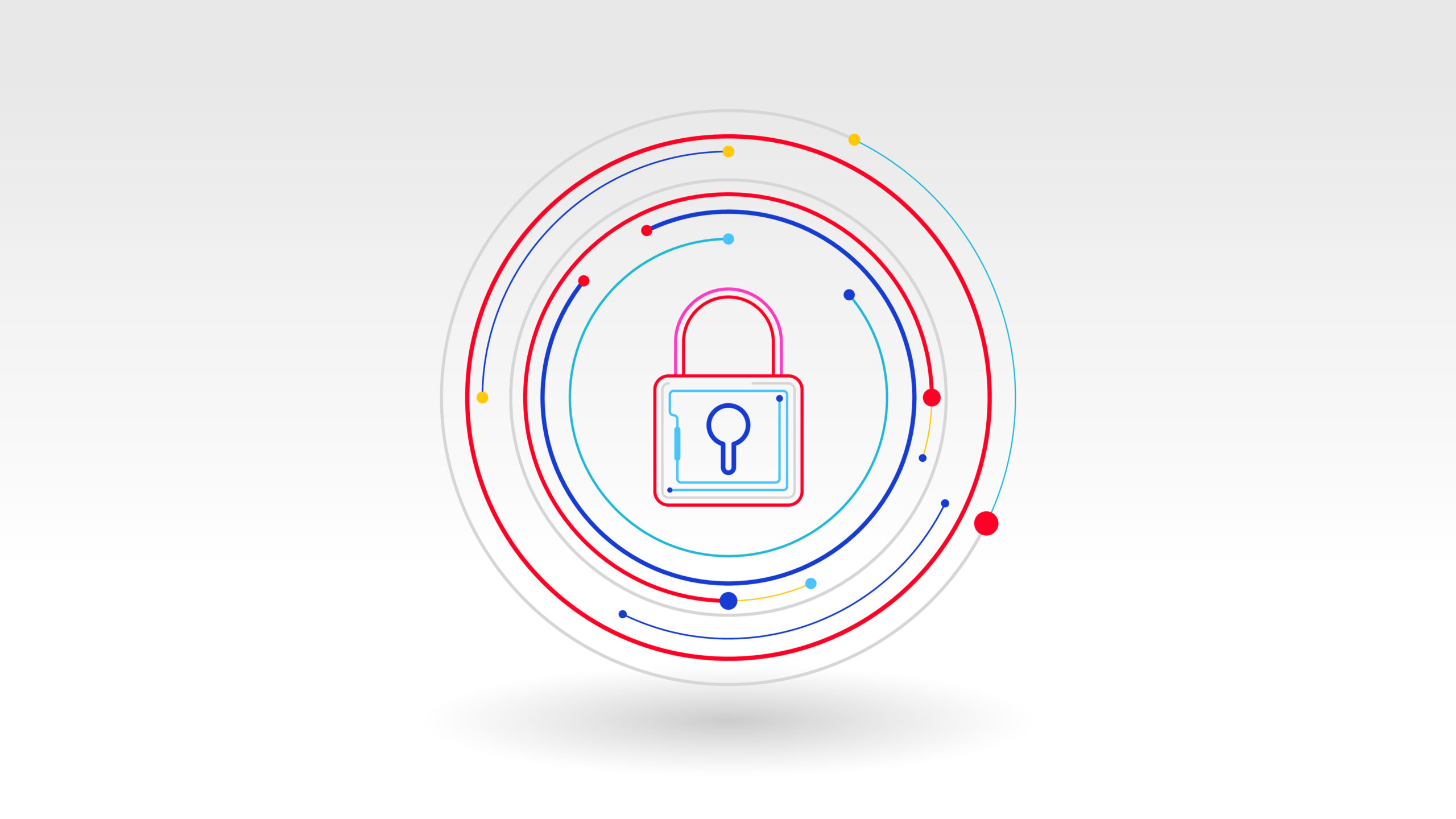In our hyper-connected world, cyber breaches have become not just a possibility but a likelihood. The paradox is glaring: as we develop increasingly sophisticated technologies to safeguard our digital lives, the incidents of cyber breaches seem to multiply, not diminish. If the tools and strategies for preventing cyber breaches are better than ever, why does this problem continue to escalate? To truly understand this, we need to delve into a myriad of factors that contribute to the ever-persistent phenomenon of cyber breaches.
Technological Factors: The Whac-A-Mole Game
Constantly Evolving Technologies
Innovation is a perpetual machine that churns out new technologies, platforms, and solutions at an unprecedented speed. While this fosters progress, it also creates fresh opportunities for exploitation. Cybercriminals are often early adopters of new technologies, using them to identify loopholes faster than organizations can plug them.
Complexity and Interdependencies
Today’s technology ecosystems are not isolated entities but deeply interlinked systems. For example, a mobile application doesn’t just reside on your phone; it communicates with servers, cloud storage, third-party services, and various APIs. Each interaction point becomes a potential vulnerability, making the task of securing a network increasingly complex.
The Human Quotient: The Weakest Link
Cognitive Limitations
Humans are not inherently wired to be constantly vigilant, which is precisely what cybersecurity often demands. Phishing attacks play on psychological triggers such as urgency, fear, or trust to manipulate victims into revealing confidential information.
The Insider Dilemma
Imagine the security measures of an organization as an impenetrable fortress. Now, what if the gatekeeper is the one inviting the thieves? Insider attacks, whether intentional or accidental, can be devastating because they come from individuals who have legitimate access to the system.
Economic Realities: The Risk-Reward Equation
The Scale of Investments
Sophisticated cybersecurity measures require significant investment. While large corporations might find it easier to allocate resources for cybersecurity, small and medium-sized businesses often operate under tight budgets. This economic limitation creates a vulnerability gap.
The Invisible ROI of Cybersecurity
Security is often seen as a non-revenue generating function, making it harder to justify the ROI (Return on Investment). Many organizations may feel that the chances of an attack are low enough to warrant taking risks. However, the aftermath of a successful breach usually exposes the flawed logic in such risk-taking.
Systemic Barriers: The Old and the Outdated
The Legacy System Trap
Outdated systems, often referred to as ‘legacy systems,’ are ticking time bombs. They lack the latest security patches and are often incompatible with new security solutions, creating gaps that are easy targets for cybercriminals.
Policy and Regulation Lag
Legislation usually lags behind technology. Current regulations may not account for new types of cybercrimes or technological vulnerabilities. Companies may be in compliance but still be vulnerable, creating a false sense of security.
The Global Domino Effect
Interconnected Risks
The advent of globalization means that systems are interconnected on a scale like never before. A breach in one small vendor can have a ripple effect that jeopardizes the security of organizations across continents. For instance, a single compromised email account can become a point of entry to an organization’s entire client base.
The Underbelly of Open Source
Open source technologies have democratized access to high-quality software. However, they also expose a common codebase that, if compromised, can lead to widespread breaches across numerous services and platforms that use that technology.
Concluding Thoughts
Understanding the persistent problem of cyber breaches requires a multidimensional perspective that takes into account a blend of technological, human, economic, systemic, and global factors. No single strategy or tool can create an impenetrable shield against cyber risks.
The battle against cyber breaches is an ongoing struggle, akin to an endless game of cat and mouse between cybercriminals and cybersecurity professionals. Companies need to adopt a dynamic approach that continually adapts to emerging threats, integrating advanced technologies with robust training programs, and a culture of security-awareness. Only through a holistic, multi-layered strategy can we hope to turn the tide in this ever-evolving landscape of cyber threats.
About 360 SOC
At 360 SOC, we understand that no two organizations have the same security needs and requirements. That’s why we offer both Managed Detection and Response (MDR) and Security Operations Center as a Service (SOC as a Service), tailored to meet your unique security requirements. Our team of experts will work with you to understand your organization’s specific security needs and goals, and design a customized solution that delivers the protection and support you need to stay safe from cyber threats. With 360 SOC, you can feel confident that your organization’s networks and systems are in good hands, and that you have the tools and resources you need to effectively detect and respond to any security incidents.






